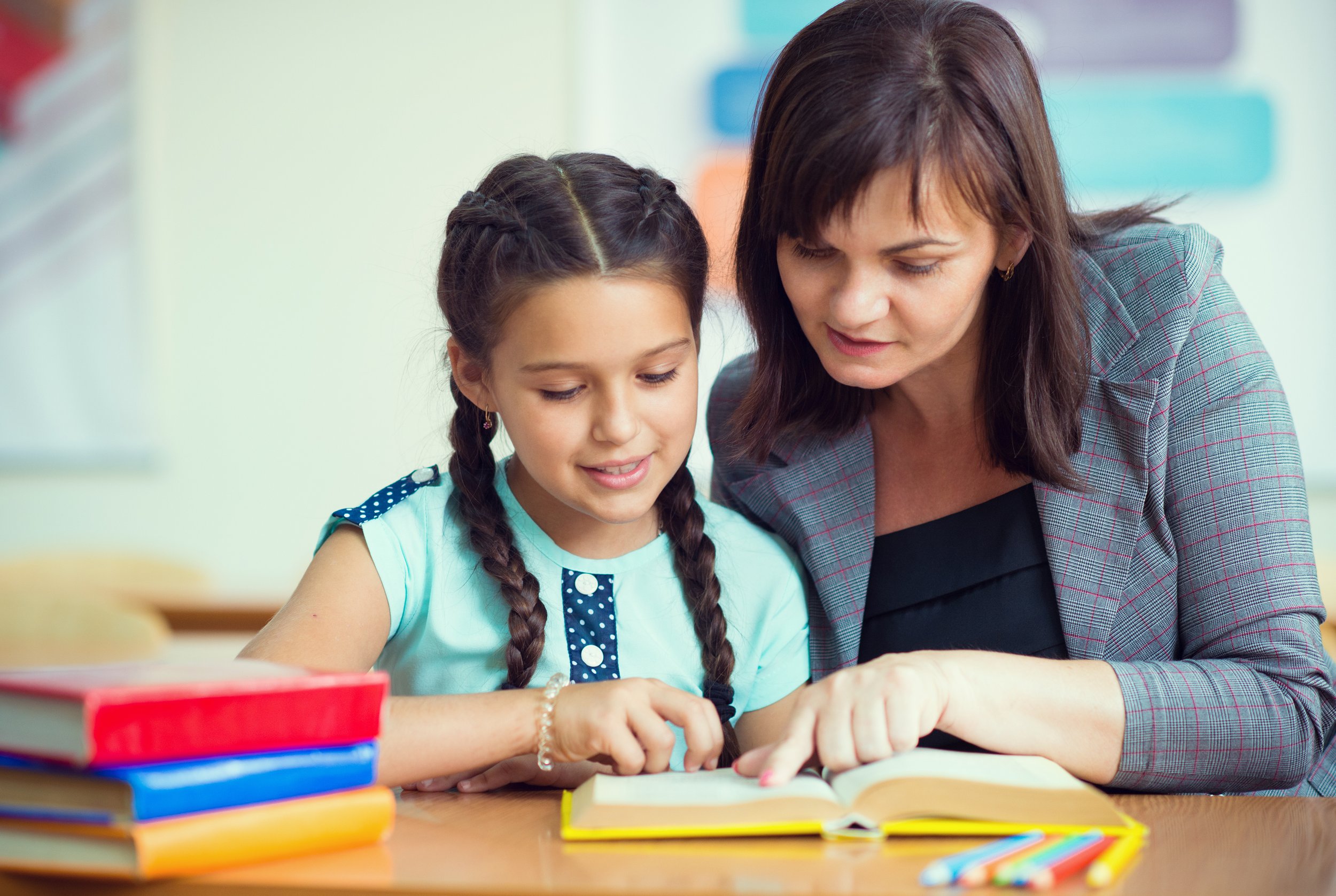My method of teaching reading skills has always been a phonics based. Phonics (pronounced faa·niks) teaches children how to decode letters into their respective sounds, a skill that is essential for them to read unfamiliar words by themselves. The phonics approach has worked well for my students, and in fact is supported by decades of brain science.
However, a new approach called “balanced literacy,” which teaches kids to read words using a number of strategies, including guessing at words from the context, or even the pictures became popular. This concept originated in California in 1996, with the idea that a combination of the two approaches would work best. Balanced literacy gained speed under New York City Mayor Michael Bloomberg, who mandated its use in the city's public schools in 2003, and many schools still use it.
Now, however, there’s important news in the world of reading for kids learning to read and especially kids who have dyslexia or other factors that cause them to struggle with reading. Recently the most influential name in balanced literacy, Lucy Calkins, of the Units of Study website has acknowledged that teaching phonics works better.
Laura Phillips, PsyD, a clinical neuropsychologist at the Child Mind Institute, explains that there is not enough phonics instruction in balanced literacy for many kids to learn to read proficiently, especially kids with dyslexia.
What should parents look for in their child’s reading program?
Here are some tips from a Child Mind Institute article.
Using my phonics-based approach and techniques developed through 30-plus years of teaching and tutoring, I’ve brought most kids to reading at their grade level in one to two years. To discuss your child’s needs, contact me at nancy.kachursky@rteseduc.org.




